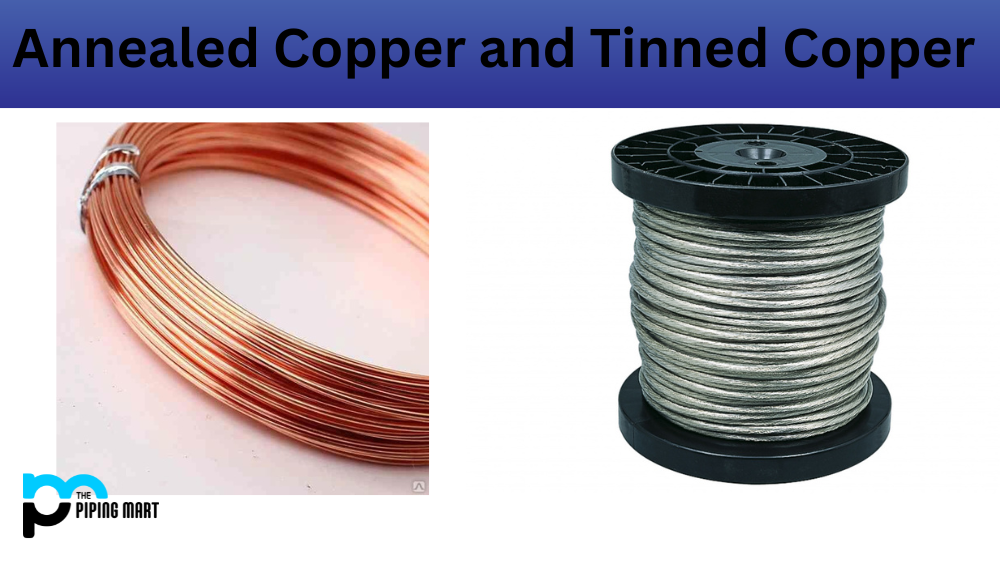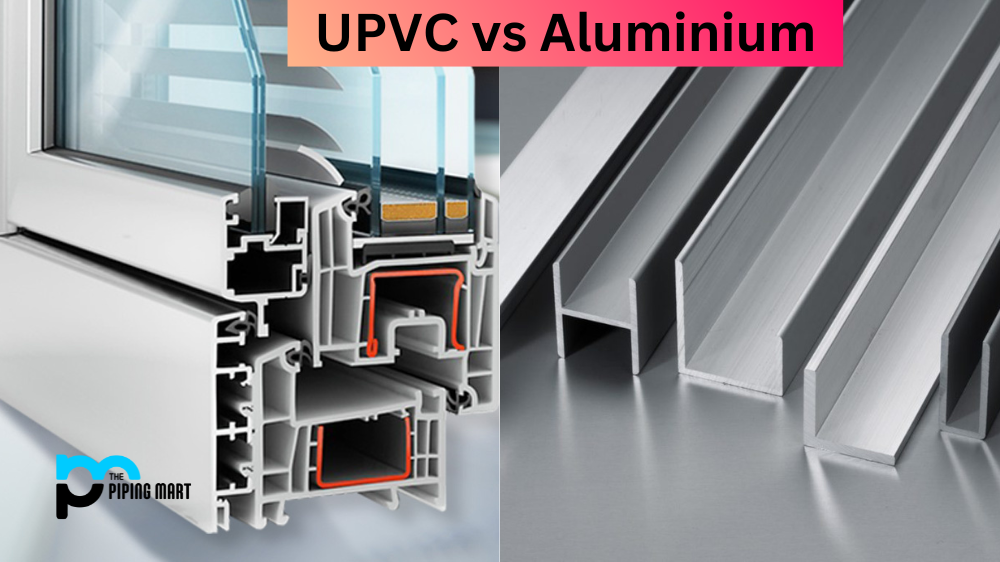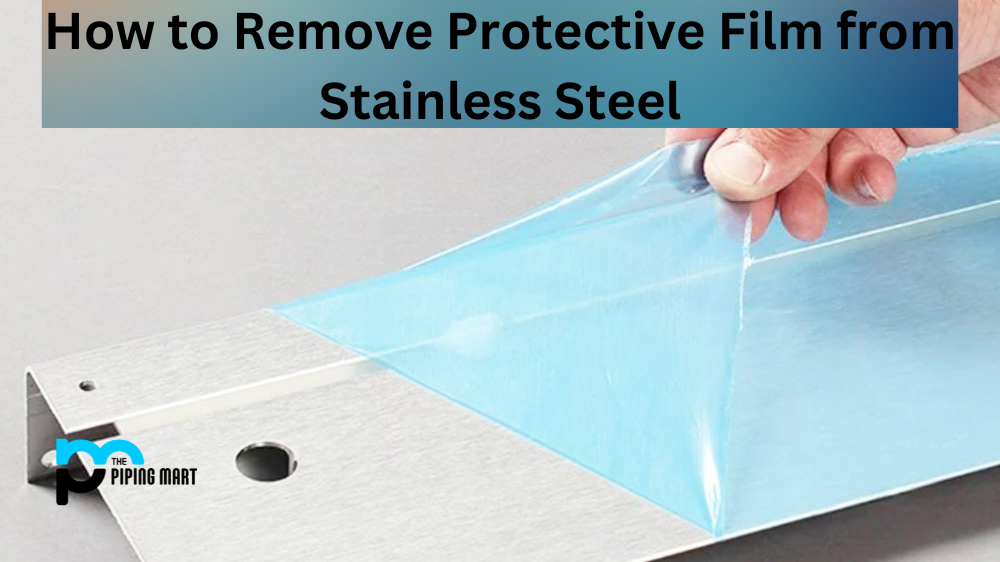Annealed copper and tinned copper are two different types of copper used for different applications. They both have unique properties that make them suitable for certain tasks but understanding the differences between them can help you select the right material for your project. Let’s take a look at the differences between annealed copper and tinned copper.
What is Annealed Copper?
Annealed copper is copper that has been heated and cooled in a controlled process to increase its ductility and reduce its hardness. This process makes it easier to work with and shapes the copper into desired forms. Annealing also increases the electrical and thermal conductivity of the copper, making it more suitable for electrical wiring and other applications.
What is Tinned Copper?
Tinned copper is copper that has been coated with a thin layer of tin. This coating helps to protect the copper from corrosion and oxidation, making it more durable and longer lasting. Tinned copper is often used in electrical wiring, plumbing, and other applications where corrosion resistance is important.
Annealed Copper vs Tinned Copper
Annealed copper is soft, malleable, ductile, and has a high electrical conductivity. It is obtained by heating up pure copper until it becomes soft enough to be bent or stretched. This process is known as annealing. Once annealing is complete, the metal becomes workable and can be molded into whatever shape or form you need it to be in order to complete your project. As it cools down, it hardens and regains its natural strength and durability. This makes annealed copper ideal for applications that require bending or stretching, like pipes or wires.
Tinned copper, on the other hand, is much harder than annealed copper due to its tin coating. It has a protective coating of tin that makes it resistant to corrosion, oxidation, moisture, abrasion and wear-and-tear over time – making this type of metal extremely durable in harsh environments such as those found in shipbuilding or aerospace engineering applications where materials must withstand extreme temperatures or pressures without breaking down prematurely. In addition to its corrosion resistance properties, tinned copper also has excellent electrical conductivity, which makes it perfect for wiring applications as well as heat sink designs in electronics manufacturing projects.
The main difference between tinned copper and annealed copper is their respective properties. Tinned copper is more resistant to corrosion and oxidation, making it ideal for applications where durability is important. Annealed copper is softer and more malleable, making it better suited for applications where flexibility is important.
Tinned copper is usually more expensive than annealed copper due to the additional processing required to apply the tin coating. Tinned copper also has a slightly different appearance than annealed copper, as the tin coating gives it a silver–like sheen.
When it comes to electrical wiring, tinned copper is often preferred over annealed copper due to its superior corrosion resistance. Tinned copper is also more resistant to heat, making it a better choice for applications where high temperatures are present.
Annealed copper is often used in applications where flexibility and malleability are important, such as in jewelry making and electrical wiring. It is also often used in applications where the copper needs to be bent or shaped into a specific shape.
In terms of cost, tinned copper is usually more expensive than annealed copper due to the additional processing required to apply the tin coating. However, the cost difference is usually not significant enough to be a major factor in most applications.
Overall, tinned copper and annealed copper are both useful materials with different properties that make them suitable for different applications. Tinned copper is more resistant to corrosion and oxidation, making it ideal for applications where durability is important. Annealed copper is softer and more malleable, making it better suited for applications where flexibility is important.
Conclusion:
Annealed copper and tinned copper are both useful materials in their own right, depending on what you need them for. Annealed copper is great for applications requiring bending or stretching, while tinned copper is ideal for projects needing increased corrosion resistance along with good electrical conductivity properties. Ultimately deciding which one you need will depend on what type of application you are working with, so make sure to research both options thoroughly before committing to either one!

Abhishek is a seasoned blogger and industry expert, sharing his insights and knowledge on various topics. With his research, Abhishek offers valuable insights and tips for professionals and enthusiasts. Follow him for expert advice on the latest trends and developments in the metal industry.




